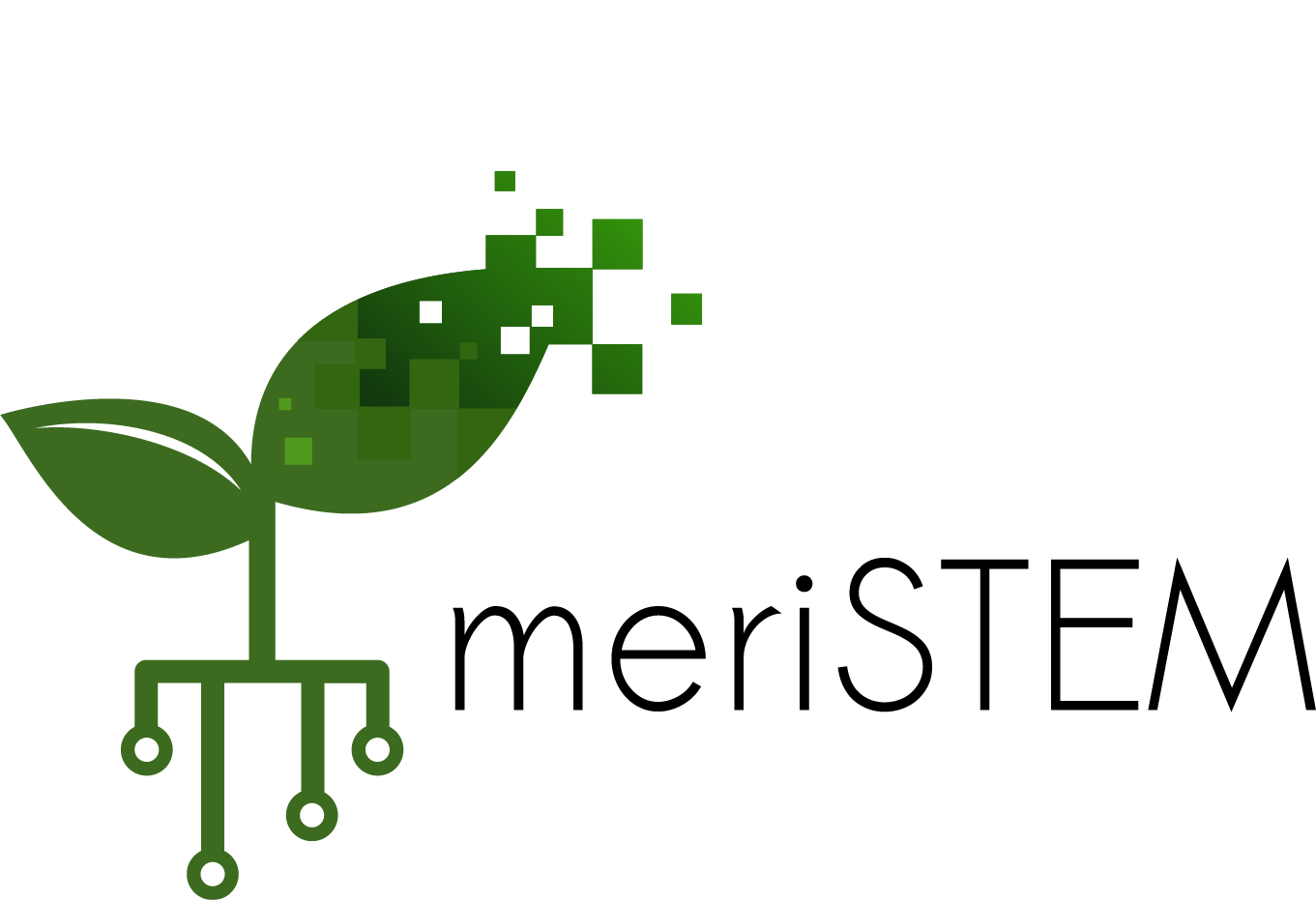Measuring actual learning versus feeling of learning in response to being actively engaged in the classroom (Deslauriers, et al. 2019)
Summary
‘… students in active classes perceived that they learned less, while in reality they learned more.’ This research group ran a highly controlled study, with each student participating in an active learning class and a passive learning class of an introductory (USA) college physics course. The test results showed the students learnt more from the active class, but the student surveys indicated that they thought they learnt more from the lecture.
for meristem teachers
Do you explain the reasons why you’re flipping your classroom? Do your students understand them? We’re investigating ways to help teachers do this, in order for students to get the most out of this highly active learning style.
for research into active learning
The data here suggests we need to be careful when asking students how they learn best, since here the anecdotal survey responses didn’t match the grade outcomes. The researchers pointed to three factors that may have influenced their assessment of learning:
- lectures have clear ‘cognitive fluency’ (they flow nicely) when compared with ‘messy’ active classrooms;
- novices in a subject have aren’t great judges of their learning;
- and that students may not appreciate that struggling with completing something hard is what happens when active learning is working’.
, , , , K., and
